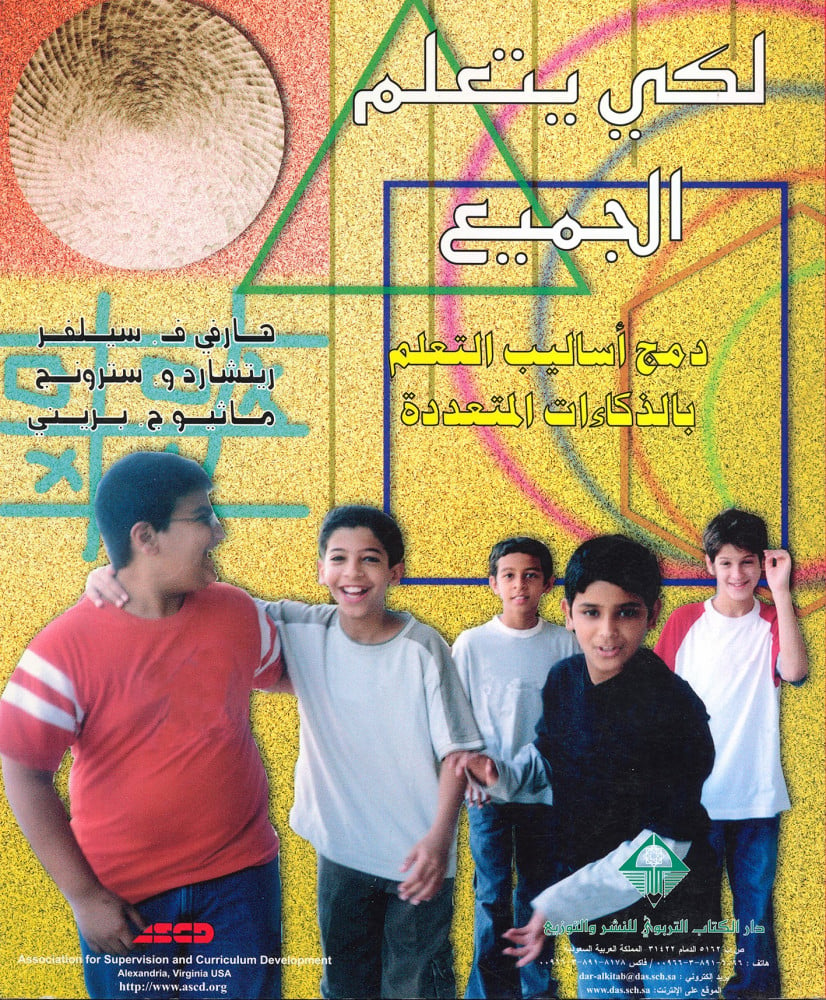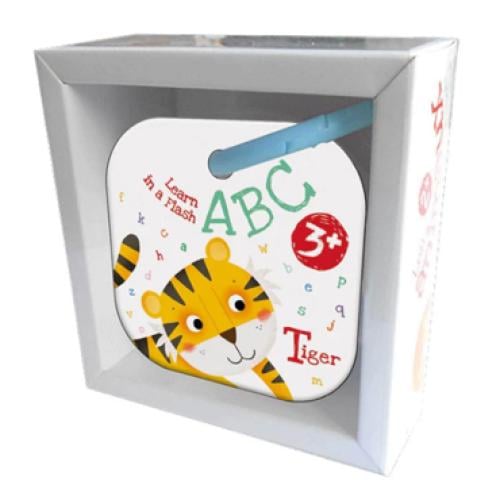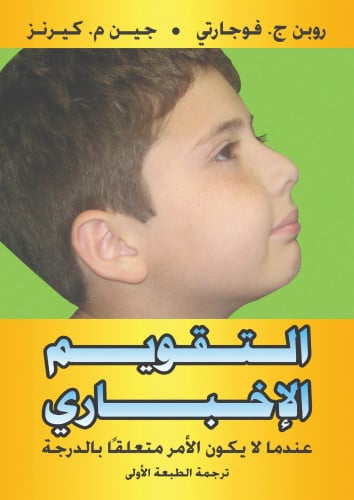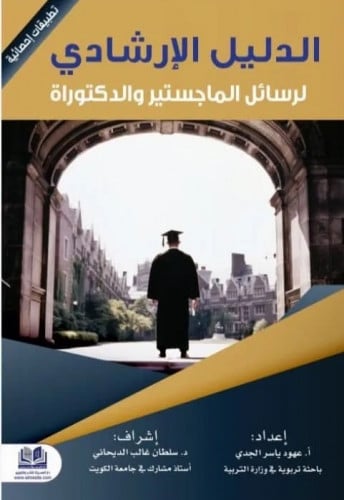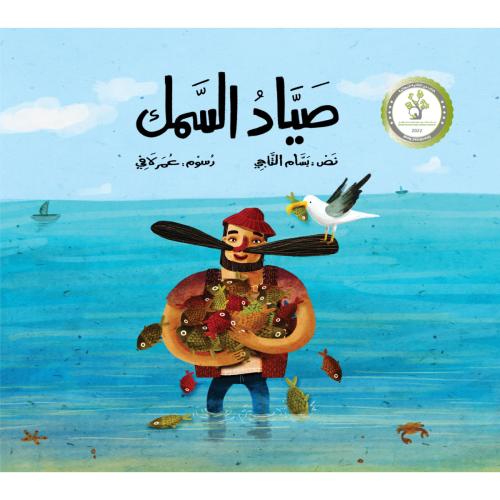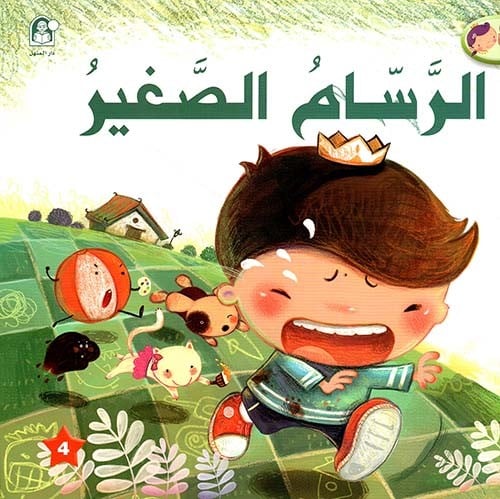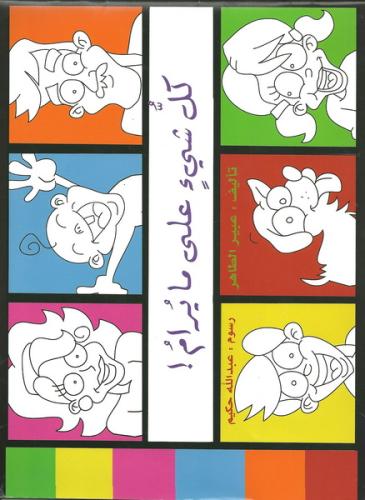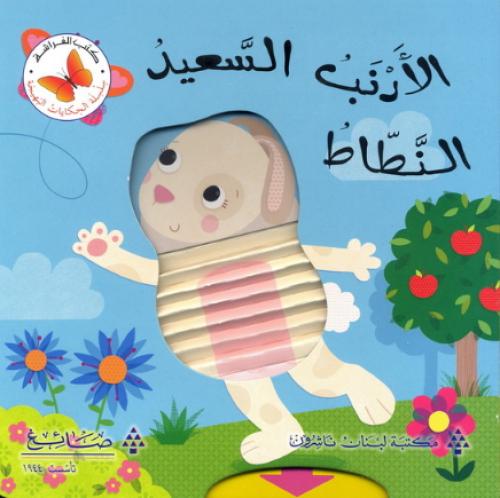AVAILABLE IN ARABIC
About This Book
One of the greatest challenges faced by every school and every educator is encouraging and accommodating a full range of student diversity while simultaneously promoting a uniformly high level of academic achievement for all students. Two powerful learning models—multiple intelligences and learning styles—provide us with the best means of rising to this challenge.
Yet each model has particular strengths and weaknesses that directly correspond to the strengths and weaknesses of the other, meaning that a truly holistic model—one that allows educators to engage a full range of human diversity and meet rigorous academic standards—occurs only in the integration of these two great models.
The book includes
* Rationales and research-based principles of learning that support integrated learning.
* Many classroom examples, activities, and organizers to help educators process ideas and analyze their current practices.
* Instruments for readers to identify their own style and intelligence profiles.
* Planning templates for designing integrated lessons, assessments, and curriculum.
The authors show educators at all grade levels and in all content areas how to implement a holistic learning program that seamlessly integrates learning styles and multiple intelligences into instruction, curriculum, and assessment.
Topics : Teaching Strategies
Table Of Content
List of Figures
Acknowledgments
Introduction
1. An Introduction to Multiple Intelligences: This chapter introduces Howard Gardner's theory of multiple intelligences, engages readers in self-assessment using the Silver-Strong Multiple Intelligences Indicator, models methods teachers employ to make use of the theory in their classrooms, and shows teachers how to analyze the types of intelligences they use in their classrooms.
2. An Introduction to Learning Styles: This chapter' introduces Carl Jung's theory of psychological types, engages educators in self-assessment using the Learning Style Inventory for Adults, models methods teachers use to engage learning styles in their classrooms, and shows teachers how to analyze the learning styles they use in their classrooms.
3. Connecting the Models: Background: This chapter explains the rationale for connecting these two great models of learning, shows how we connected them, and lays out the brain-based principles on which their integration rests.
4. Integrated Curriculuin, Integrated Instruction: This chapter shows teachers how to audit and realign their curriculum so that it incorporates both learning styles and multiple intelligences, how to analyze teaching strategies to determine what styles and intelligences they engage, and how to design an instructional unit that takes advantage of both models.
5. Designing Integrated Performance Assessments: This chapter introduces performance assessment, explains its relationship to learning styles and multiple intelligences, shows teachers how to use the provided assessment menus to diversify assessment, and provides guidelines for effective classroom management of the assessment process. The chapter also describes how learning styles and multiple intelligences make for a "Test Worth Taking"
6. Teaching Learning Styles and Multiple Intelligences to Students: This chapter explains the rationale for teaching students about styles and intelligences, and it provides methods teachers have used to teach about the two models.
Conclusion
Appendixes:
A. Multiple Intelligences Indicator for Adults
B. Learning Styles Inventory for Adults: Sample Pages
C. The Teaching Strategy Index
References
Index
About the Authors
About the Authors
Harvey F. Silver:

Harvey F. Silver, president of Silver Strong & Associates and Thoughtful Education Press, was named one of the 100 most influential teachers in the country. He has conducted numerous workshops for school districts and state education departments throughout the United States. He was the principal consultant for the Georgia Critical Thinking Skills Program and the Kentucky Thoughtful Education Teacher Leadership Program. Silver is the author of several educational bestsellers, including So Each May Learn: Integrating Learning Styles and Multiple Intelligences and Teaching Styles and Strategies, both published by the Association for Supervision and Curriculum Design. With Richard Strong, Silver developed The Thoughtful Classroom—a renowned professional development program based on the commitment to “make students as important as standards.”
Richard W. Strong:

Richard W. Strong was vice president of Silver Strong & Associates and Thoughtful Education Press. A former teacher on the elementary and secondary levels, he served as a trainer/consultant to hundreds of school districts, teacher and professional organizations, and state departments of education. In addition, he was a leader in the movement for authentic assessment. As cofounder of the Institute for Community and Difference, Richard studied democratic teaching practices in public and private schools for more than ten years. A former district-level coordinator for gifted and talented education, Richard wrote and developed numerous books and products for educators.
Matthew J. Perini:

Matthew J. Perini serves as director of publishing for Silver Strong & Associates and Thoughtful Education Press. Over the past 10 years, Matthew has authored more than twenty books, curriculum guides, articles, and research studies on a wide range of topics, including learning styles, multiple intelligences, reading instruction, and effective teaching practices. With Richard Strong, Harvey Silver and Matthew Perini have collaborated on a number of recent bestsellers in education, including The Strategic Teacher: Selecting the Right Research-Based Strategy for Every Lesson, So Each May Learn: Integrating Learning Styles and Multiple Intelligences, and Teaching What Matters Most: Standards and Strategies for Raising Student Achievement, all published by ASCD; Reading for Academic Success, Grades 2–6: Differentiated Strategies for Struggling, Average, and Advanced Readers and Reading for Academic Success, Powerful Strategies for Struggling, Average, and Advanced Readers, Grades 7–12, both for Corwin; and Thoughtful Education Press’s Tools for Promoting Active, In-Depth Learning, which won a Teacher’s Choice Award in 2004.
ISBN: 9960863271
Author: Harvey F. Silver & Richard W. Strong & Matthew J. Perini
Publisher: Educational Book House
Size: 20*25CM
Pages number: 147

